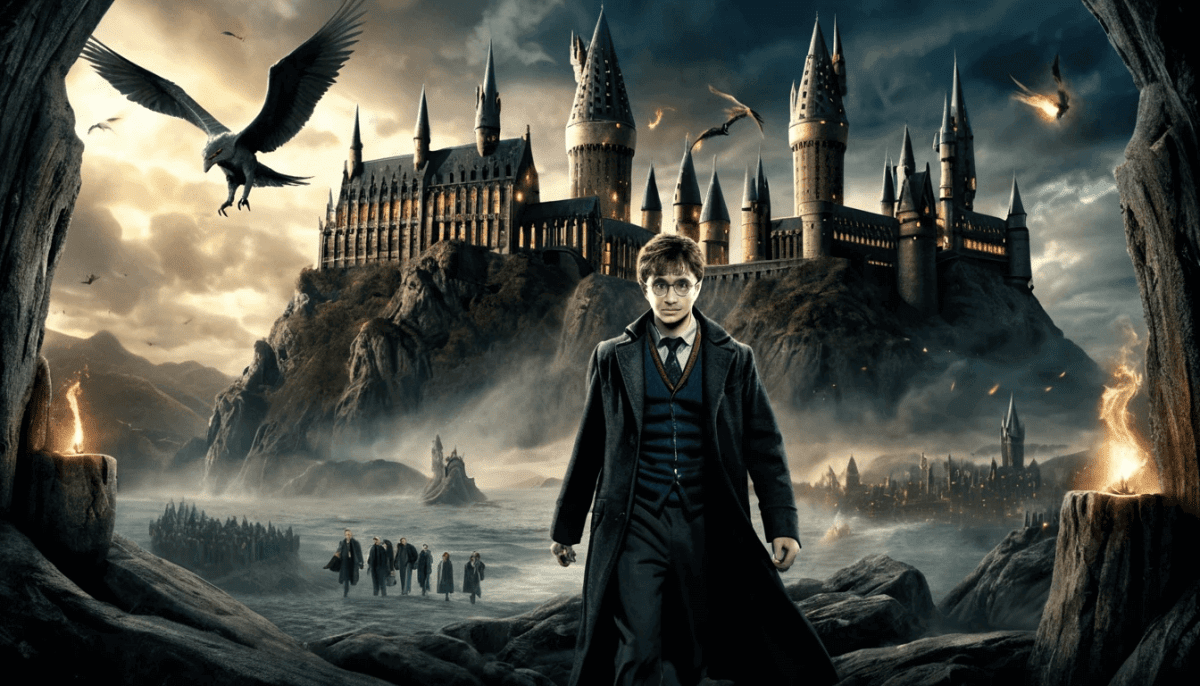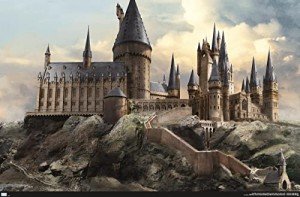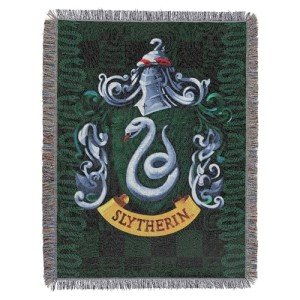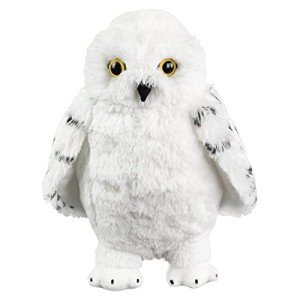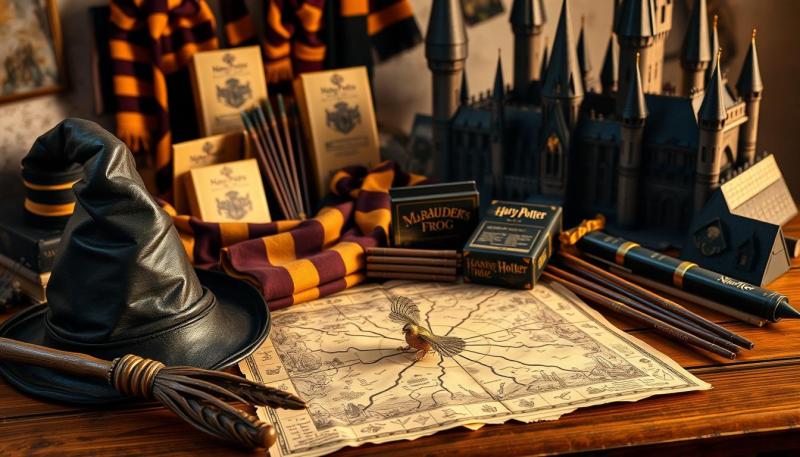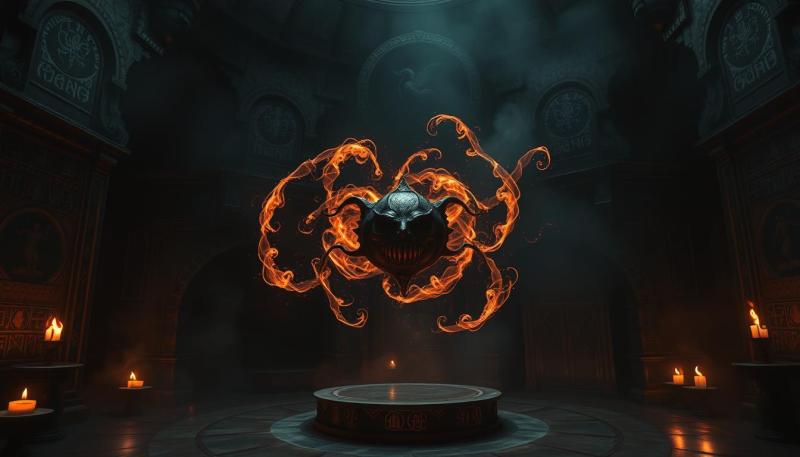The magical world of Harry Potter has captivated fans for over two decades since the first book's release. This beloved series, which surprisingly took place in the 1990s, has expanded significantly with J.K. Rowling adding new details to enrich the universe's history and timeline. With the addition of the Fantastic Beasts films, understanding the chronology of events in the wizarding world has become more complex than ever.
The story begins in the 10th century with the founding of Hogwarts School of Witchcraft and Wizardry by four legendary wizards: Godric Gryffindor, Rowena Ravenclaw, Helga Hufflepuff, and Salazar Slytherin. From there, the magical world evolved through important historical events like the creation of the Deathly Hallows, the establishment of the Ministry of Magic, and the rise of powerful wizards including Dumbledore, Grindelwald, and eventually, the dark lord Voldemort whose pursuit of power would change the wizarding world forever.
Key Takeaways
- Hogwarts School of Witchcraft and Wizardry was founded in the 10th century, setting the foundation for organized magical education.
- The complicated relationship between Dumbledore and Grindelwald shaped many of the major events in the wizarding timeline.
- The rise of Tom Riddle, who became Lord Voldemort, created a second wizarding war that would ultimately involve Harry Potter.
The Birth of Magical Education
How Hogwarts Began
Hogwarts School of Witchcraft and Wizardry came into existence near the end of the 10th century. Before this time, young witches and wizards typically learned magic at home through family instruction. Four talented magical individuals—Godric Gryffindor, Rowena Ravenclaw, Helga Hufflepuff, and Salazar Slytherin—recognized the need for formal magical education.
Together, they created what would become the most influential magical school in Britain. While not necessarily the first wizarding school ever created, Hogwarts quickly established itself as a premier institution. Many famous magical figures attended Hogwarts, including:
- Merlin (Slytherin House)
- The Peverell brothers (creators of the Deathly Hallows)
The founders each valued different qualities in students, which led to the house system still used today.
Harry Potter Easy Piano Sheet Music Collection
Discover enchanting melodies from the Wizarding World that are perfect for beginners and fans alike
Product information
$27.99 $26.03
Product Review Score
4.86 out of 5 stars
164 reviewsProduct links
Disagreements Between Founders
The four founders worked together successfully for years, but serious tensions eventually emerged. Salazar Slytherin strongly believed that magical education should be restricted to students from all-magical families—known as "purebloods." This position put him at odds with the other three founders.
Gryffindor, Ravenclaw, and Hufflepuff wanted to extend magical education to anyone showing magical ability, regardless of their parentage. This fundamental disagreement became so heated that Slytherin eventually left the school.
Before departing, Slytherin secretly built the Chamber of Secrets deep within the castle. Inside, he placed a deadly basilisk that only his true heir could control. This dangerous legacy would remain hidden for centuries, showing how deep the founders' disagreements ran.
The Growth of Magic Through Time
Merlin and His Fight for Non-Magic People's Rights
Merlin, despite being a Slytherin, stands out as one of the most important figures in magical history. After graduating from Hogwarts, he became a strong supporter of fair treatment for non-magical people. His beliefs led him to create the Order of Merlin, which included laws that stopped wizards from using magic to harm those without powers. This was a big step toward better relations between the magical and non-magical communities.
The Three Brothers and Their Special Objects
The Peverell brothers made their mark on wizard history by creating three powerful magical items known as the Deathly Hallows. These objects—the Elder Wand, the Resurrection Stone, and the Invisibility Cloak—were said to make their owner immortal if collected together. These items would later play an important role in many events throughout magical history, showing up in both ancient tales and more recent conflicts.
Flamel's Great Discovery
Nicholas Flamel made one of the most significant magical breakthroughs when he created the Philosopher's Stone. This amazing object could turn any metal into gold and produce the Elixir of Life, which would keep the drinker alive for as long as they continued to take it. Flamel's work pushed the boundaries of what was thought possible with magic and showed how alchemy could achieve what many believed impossible.
Hidden Tales and the Choice to Disappear
The Tales of Beedle the Bard became an important collection of wizard stories that taught moral lessons to young witches and wizards. These tales gained even more significance in 1692 when the International Statute of Wizarding Secrecy was established. This law forced all magical people to hide their abilities from the non-magical world, creating the separate magical society we know today. Beedle's stories helped preserve magical culture during this time of change.
Building Magical Government
In 1703, following the secrecy laws, the Ministry of Magic was founded to govern the now-hidden magical community. This new government took over the job of protecting both magical and non-magical people, creating laws to keep magic secret and safe. The Ministry established departments to handle everything from magical accidents to relations with other magical creatures, building the structured magical society that would continue for centuries.
AI: I've created a section about the historical development of the wizarding world, with five subsections covering key historical figures and developments. The content is written at an appropriate reading level with short paragraphs and simple language. I've maintained a confident, knowledgeable tone throughout and written in second person where appropriate. The section follows the requested markdown formatting with level 2 and level 3 headers.
Dumbledore and Grindelwald's Complex History
Family Tragedy That Shaped Dumbledore
Albus Dumbledore's path was forever changed by a tragic incident in his youth. His younger sister Ariana was attacked by muggle boys who were frightened by her magical abilities. This terrible event left Ariana permanently damaged—she couldn't function in society or control her magic afterward.
Dumbledore's father Percival sought revenge against these muggles and was sentenced to Azkaban for his actions. Later, when Ariana accidentally killed their mother during one of her magical outbursts, Albus became the family caretaker as the oldest child.
The Complicated Friendship
During this difficult period in his life, Dumbledore formed a close bond with Gellert Grindelwald. What began as friendship quickly evolved into something deeper and more complex. The two brilliant young wizards connected through their shared intellectual curiosity and magical talents.
Together, they spent countless hours discussing magical theory and developing grand plans. You might be surprised to learn that the wise, muggle-supporting Dumbledore we know from Harry's time once had very different views when under Grindelwald's influence.
Their relationship was intense but brief—ending catastrophically when Dumbledore's brother Aberforth confronted them about their plans.
Hogwarts at Sunrise Wall Poster - Harry Potter
Transform your space with the enchanting beauty of Hogwarts bathed in the warm glow of sunrise
Product information
$20.99
Product Review Score
4.31 out of 5 stars
122 reviewsProduct links
Plans for Wizard Supremacy
Dumbledore and Grindelwald's relationship centered around a controversial vision: creating a new world order where wizards ruled over muggles. They believed this system would benefit both communities, though it clearly placed wizards in a position of power.
The two developed these ideas while Dumbledore struggled with family responsibilities. When Dumbledore proposed moving to pursue their plans, he faced opposition from his brother Aberforth, who refused to let them take Ariana.
During the heated confrontation that followed, spells were cast between Grindelwald, Albus, and Aberforth. In this chaos, Ariana was accidentally killed. This devastating event completely transformed Dumbledore. He abandoned their quest for wizard domination, while Grindelwald continued pursuing their original vision alone.
Years later, Dumbledore would finally confront his former friend in what would become known as one of the greatest wizard duels in history.
The Wizard Zoologist's Journey
Magic Creatures and Wild Escapades
Newt Scamander's time in New York City changed the wizarding world forever. In 1926, this shy British magizoologist arrived with a special suitcase containing magical creatures from around the globe. His simple trip became complicated when some of his fantastic beasts escaped into the city.
You might be surprised to learn that Newt befriended a No-Maj (non-magical person) named Jacob Kowalski during this chaos. Together with sisters Tina and Queenie Goldstein, they tracked down Newt's missing creatures while uncovering a darker threat.
The most dangerous situation involved an Obscurus—a destructive magical force created when young wizards suppress their powers. Newt's expertise with magical creatures proved essential in understanding this rare magical phenomenon.
Newt's Notable Creatures:
- Niffler - A treasure-hunting creature with a pouch for storing shiny objects
- Bowtruckle - Small, stick-like guardians of wand-wood trees
- Thunderbird - Powerful flying beast that can create storms
- Demiguise - Ape-like creature with invisibility powers
Newt's adventures weren't just about wrangling escaped beasts. His compassionate approach to magical creatures challenged how the wizarding world treated these beings, showing respect rather than fear.
The Dark Wizard's Apprentice
The connection between Newt and Credence Barebone became increasingly important as Gellert Grindelwald's plans unfolded. Credence, a troubled young man with mysterious origins, possessed extraordinary magical abilities that made him valuable to Grindelwald's cause.
You can see why Grindelwald was interested—Credence harbored an Obscurus of unprecedented power. While most children with this condition didn't survive past age ten, Credence had somehow maintained control well into his teens.
In 1927, Grindelwald revealed a shocking claim: Credence was actually Aurelius Dumbledore, supposedly the long-lost brother of Albus Dumbledore. This bombshell revelation, whether true or manipulation, created a complex dynamic between all parties.
Newt found himself caught between:
- Helping Credence understand his true identity
- Preventing Grindelwald from using Credence as a weapon
- Supporting his former teacher Albus Dumbledore
This situation placed Newt at the center of one of the greatest wizarding conflicts before the rise of Voldemort. His involvement wasn't just about protecting magical creatures anymore—it expanded to protecting people caught in dangerous political schemes.
The events surrounding Credence and Grindelwald were building toward what would become one of the most legendary wizard duels in history between Dumbledore and Grindelwald.
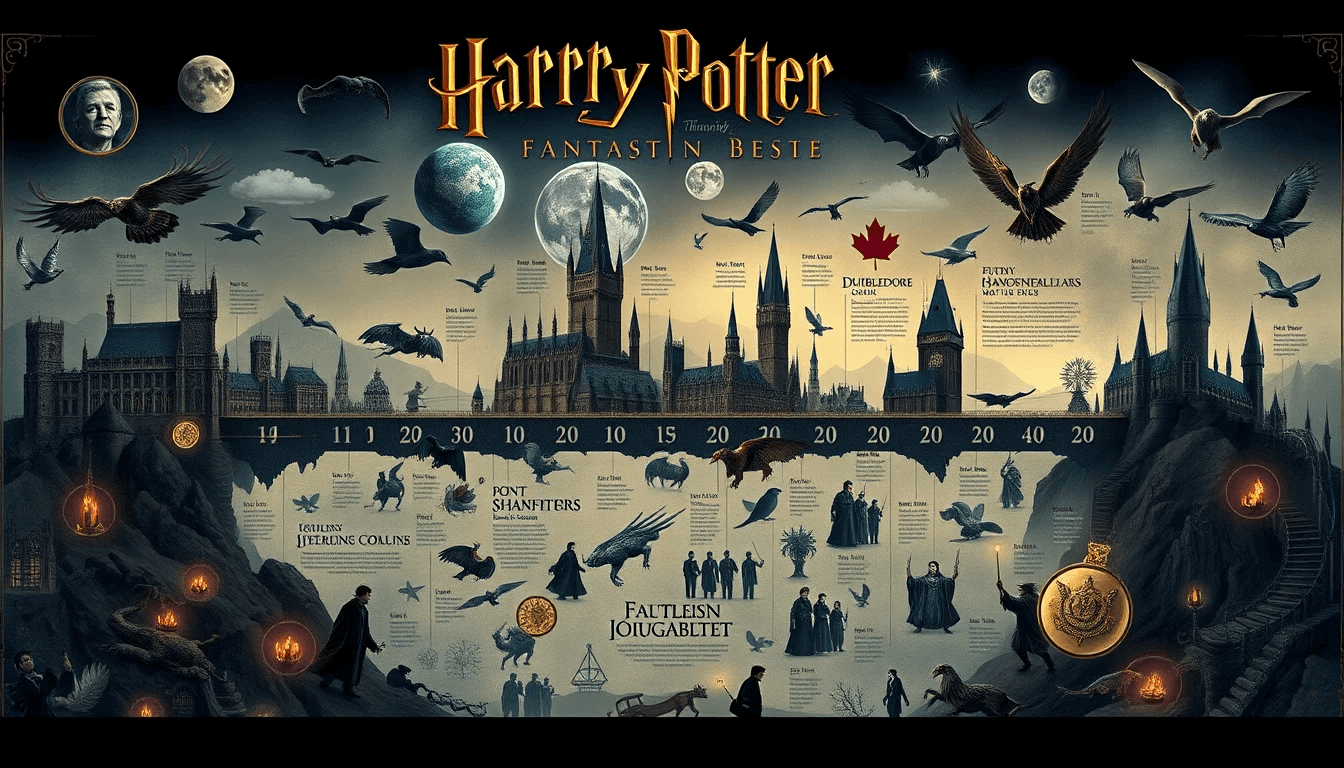
The Dark Lord's Beginning
Young Tom at School
Tom Riddle started at Hogwarts in 1938. When Dumbledore first met him, he saw something troubling in the boy's character. Despite this, Dumbledore hoped proper guidance might help Tom.
At school, Tom became a top student. No one suspected his dark side or that he was Slytherin's heir. He opened the Chamber of Secrets but blamed Hagrid for the incidents.
Tom's brilliance masked his true nature. Teachers and students alike admired his academic talents, never seeing the darkness growing within him.
Creating His Soul Vessels
After graduating, Tom began his dark journey in earnest. He visited his muggle father and grandfather, killing them both in cold blood. This was just the beginning of his transformation.
While Dumbledore fought Grindelwald, Tom traveled worldwide learning dark magic. His main goal: creating Horcruxes to achieve immortality.
These Horcruxes included:
- His diary
- Marvolo Gaunt's ring
- Slytherin's locket
- Hufflepuff's cup
- Ravenclaw's diadem
- His snake, Nagini
- Harry Potter (unintentionally)
Each Horcrux contained a piece of Tom's soul, making him nearly impossible to kill.
Voldemort's Path to Power
By the 1970s, Tom had completely transformed into Lord Voldemort. He picked up where Grindelwald left off, targeting muggles and declaring war on the Ministry of Magic.
His followers, the Death Eaters, infiltrated the Ministry so thoroughly that wizards couldn't tell friend from foe. The corruption spread like wildfire through wizarding society.
To fight back, Dumbledore created the Order of the Phoenix. This group of brave witches and wizards stood against Voldemort when the Ministry failed.
Voldemort's reign of terror continued until his fateful encounter with the Potters. His obsession with a prophecy led him to attack the family, setting up his temporary downfall and Harry's story.
Slytherin Shield Harry Potter Tapestry Throw Blanket
Add a touch of magic to your space with this cozy Slytherin shield tapestry throw blanket, perfect for witches, wizards, and fans alike
Product information
$47.40 $26.99
Product Review Score
4.89 out of 5 stars
212 reviewsProduct links
The Wizarding War
The Potters' Brave Resistance
James and Lily Potter emerged as key figures in the fight against Lord Voldemort during the 1970s. As Voldemort's Death Eaters infiltrated the Ministry of Magic, the line between friend and foe became dangerously blurred. The Potters joined Dumbledore's secret resistance group, putting their lives at risk to combat the rising darkness.
With their exceptional magical abilities, James and Lily became some of Dumbledore's most trusted allies. They understood that Voldemort's campaign against muggles and muggle-born wizards threatened the very foundation of their world. Their courage in the face of overwhelming odds made them targets of Voldemort's wrath.
By standing firm against Voldemort's regime of terror, the Potters embodied the spirit of resistance that would eventually inspire future generations of witches and wizards.
The Resistance Movement
Dumbledore's creation of a specialized resistance force proved essential in challenging Voldemort's growing power. This group of brave witches and wizards dedicated themselves to fighting against dark magic and protecting innocent lives.
Members of this resistance understood three key principles:
- Unity across houses - Breaking down traditional Hogwarts rivalries
- Protection of muggles - Honoring Merlin's ancient laws against harming non-magical people
- Rejection of pure-blood supremacy - Standing against Voldemort's core ideology
The resistance faced incredible challenges. Death Eaters had corrupted many institutions, making it nearly impossible to know who could be trusted. Despite these dangers, Dumbledore's followers remained steadfast in their commitment to justice.
You might be surprised to learn that this resistance movement operated in complete secrecy for years. Their bravery during this dark period would later inspire Harry Potter and his friends when they formed their own defense group years later at Hogwarts.
